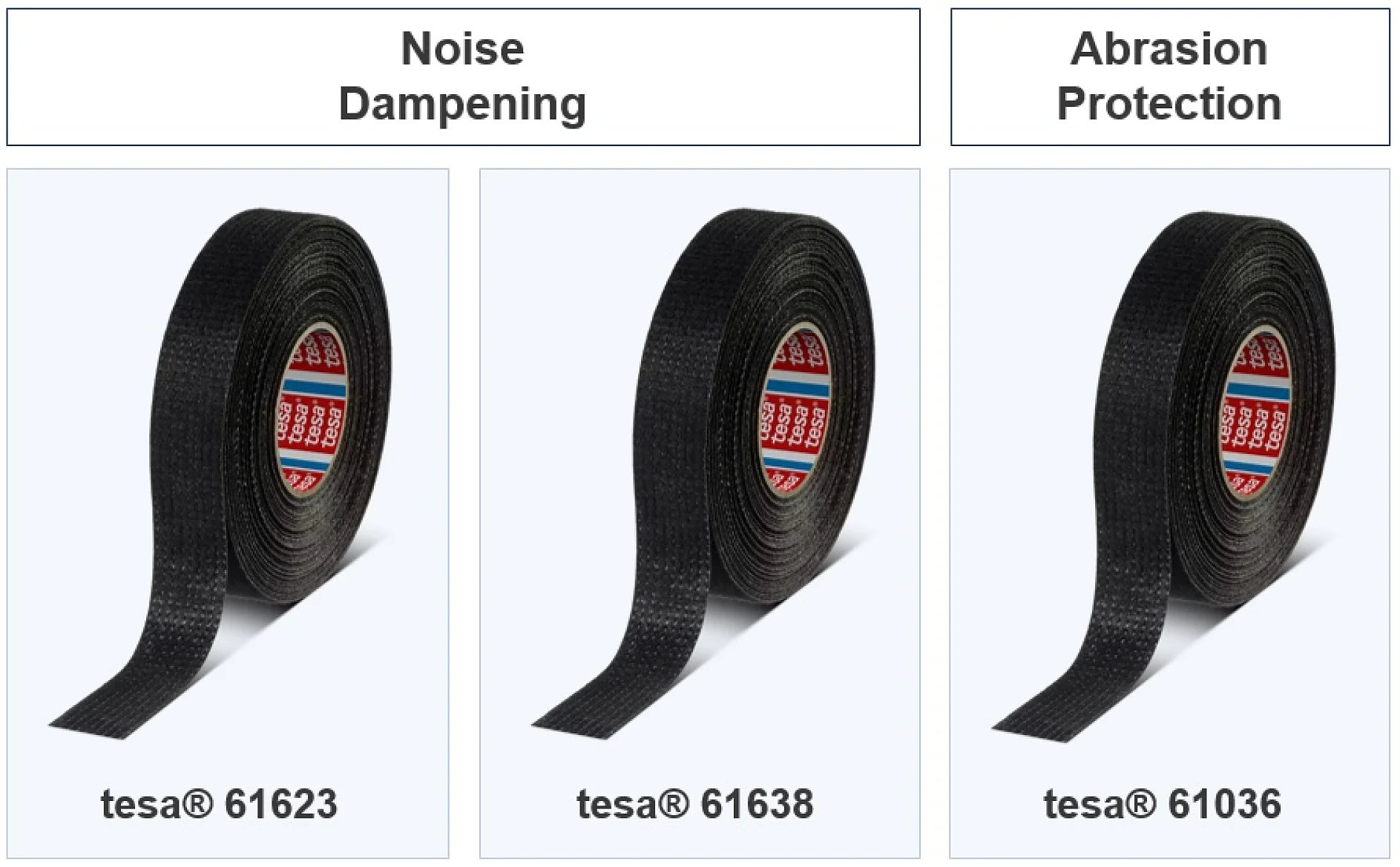01Background: Wire harnesses
In the past, the wire harness was a price-driven mass product. With autonomous driving and electrification, however, it is becoming a strategic and safety-critical component of the vehicle. Both the control system and the powertrain will rely entirely on the electrical system. At the same time, cars are more customized than ever. A wide range of features are available in a car's configuration, which means that each wire harness is unique and can only be manufactured by hand.
In fact, up to 90% of harness production is manual. Wires are assembled on long tables, with two or three people working at a time. For each harness, the right wires must be selected, bundled, attached to connectors, and taped. This last step alone, manual wrapping, takes 25 to 30 percent of the total assembly time.



